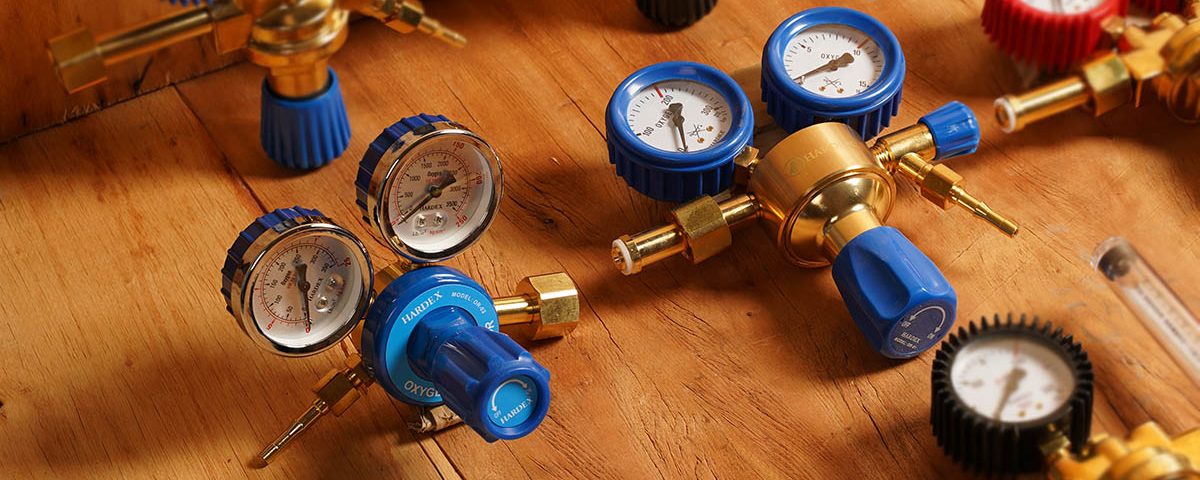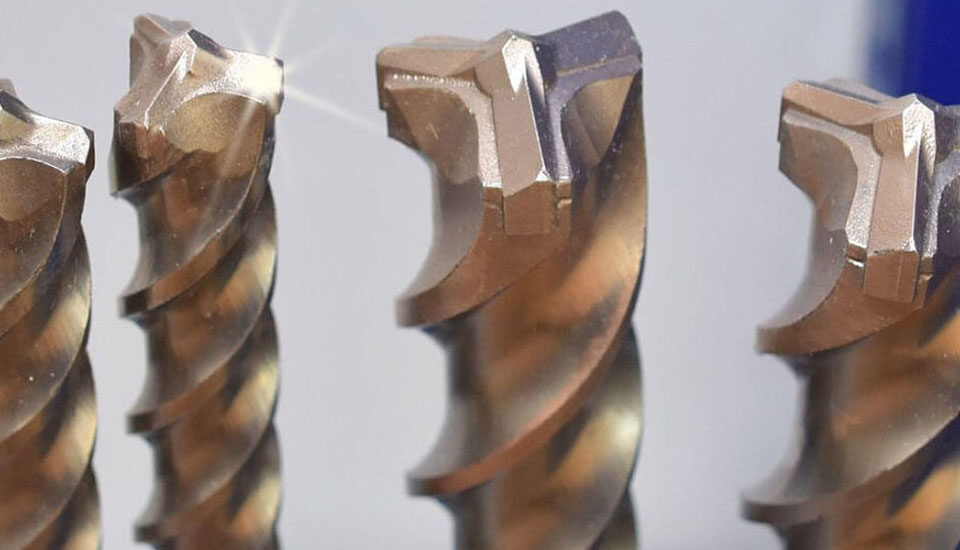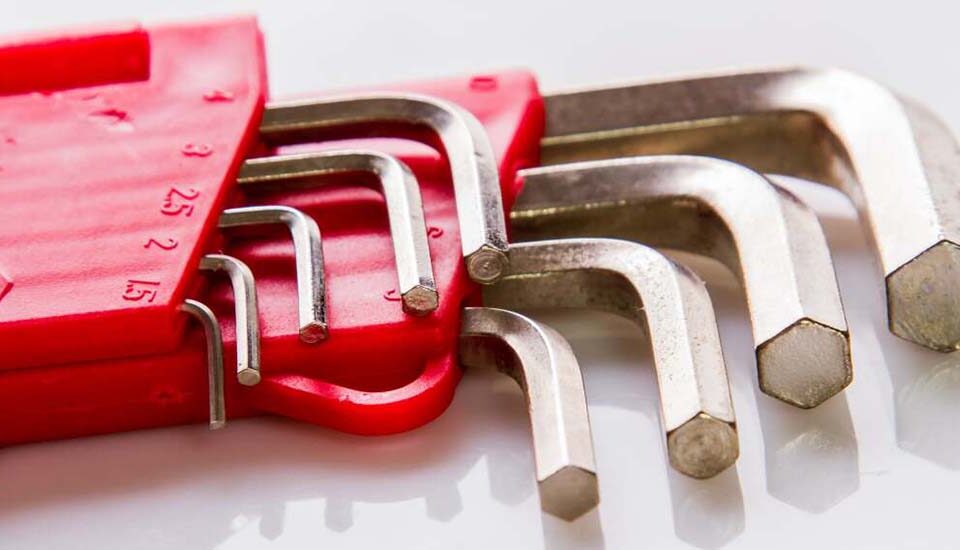Buying guide for the best welding oxygen manometer

Manometer
A welding oxygen manometer, also known as an oxygen pressure gauge, is a vital tool for welders to ensure accurate and safe control of oxygen pressure during welding operations. Choosing the right welding oxygen manometer is very important to get accurate results and to keep the workplace safe. The purpose of this comprehensive buying guide is to provide essential information and factors to consider when choosing the best welding oxygen manometer. By understanding the features, types, accuracy, durability and compatibility of manometers, welders can make an informed decision and get a reliable manometer for their welding needs.
Familiarity with welding oxygen manometers
To learn about oxygen manometers, you should consider the following factors:
- Function and importance of manometer: Welding oxygen manometers play an important role in maintaining accurate control of oxygen pressure during welding operations. Their quality is one of the points that affects their performance and guarantees high-quality welding. Also, the performance of oxygen manometers affects the creation of a safe working environment.
- Types of welding oxygen manometers: There are different types of oxygen manometers, such as digital manometers and combined manometers. Also, these manometers are made of steel, brass or aluminum, so you should know which is the most suitable option for you according to your needs.
- Operating principles: The working principles of welding oxygen manometers are different from each other. Their accuracy and reliability depend on various factors. Their aperture technology and Bourdon tube technology are different from each other and affect this accuracy.
Important factors before buying oxygen manometer
The factors that should be considered when buying a welding oxygen manometer are:
- Accuracy and precision: Accurate pressure measurement is very important and necessary in welding work. Different gauges are classified as A, B and C, each of which has a different accuracy. Calibration affects the accuracy of the manometer, and you can check the manometer certificates to ensure the accuracy of their readings.
- Pressure Range and Gauge Scale: The optimal pressure range for welding applications and how that affects gauge selection vary, and you need to know how much pressure you need. The readability of the scale and the calibration of the manometer are very important to enable accurate pressure monitoring and adjustments.
- Durability and quality of construction: The materials that are usually used in the construction of welding oxygen manometers are brass and stainless steel. High-quality construction, its strength and resistance to pressure, heat and corrosion play a huge role in guaranteeing the longevity and reliability of the manometer.
- Compatibility and connection type: Choosing a manometer compatible with oxygen regulators and hoses requires guidance that our Hardex consultants can help you with. Different sizes and types of threads such as CGA 540 or CGA 870 and their connection to the connection between the manometer and the oxygen supply system affect the compatibility and type of connection.
- Size and Portability: Considering the size and portability of a welding oxygen manometer is especially important for professionals who work in different locations or need to transport their equipment. Mounting accessories and any additional accessories that increase convenience and usability are important, and you can get your best option from Hardex
In addition to the aforementioned features, there are other additional features that will help you choose the right manometer, such as:
Impact resistance and vibration protection: The importance of impact resistance and vibration protection is one of the things that must be considered for accurate pressure readings.
Clear and visible display: A clear and visible display is important for easy pressure reading. A digital or high-contrast screen and features such as a backlight or display-in-the-dark function to improve visibility in low-light conditions are among other advantages that can influence your choice.
User-friendly design: An ergonomic design that ensures comfortable carrying and ease of use is important. Features such as ergonomic shape, user-friendly adjustment mechanism, and intuitive controls that enhance usability are among the things that set manometers apart.
Maintenance and serviceability: Regular maintenance and availability of parts or their replaceability are very important. Hardex manometers have support and spare parts are available.
One of the other factors influencing the purchase of a manometer is your budget and how much you want to pay, here are the points:
Set a reasonable budget: It is important to strike a balance between quality and affordability when purchasing a manometer wisely. You can get the necessary guidance on determining the right budget based on the specific needs and requirements of welding from the Hardex consultant.
Research on trusted brands and opinions: All Hardex manometers are made from reputable companies and brands, and you can contact our consultants for more assurance.
Compare features and value: Prioritize the essential features based on your specific welding needs. Considering the long-term value and ROI instead of just focusing on the upfront costs is what you need to know.
Result
Choosing the best welding oxygen manometer requires careful consideration of its features, accuracy, durability, compatibility and budget. By understanding the different types and principles of operation of manometers, welders can make an informed decision based on their specific welding needs. You can prioritize your options and buy the best option by visiting the Hardex website and contacting our consultants.
References
https://www.asap.nl/oxygen-analysis-how-to-choose-an-oxygen-analyzer/
https://www.google.com/url?sa=t&rct=j&q=&esrc=s&source=web&cd=&ved=2ahUKEwjm8IThqoH_AhXDSPEDHTtqBYgQFnoECAoQAQ&url=https%3A%2F%2Fjournals.lww.com%2Fanesthesia-analgesia%2Ffulltext%2F2004%2F07000%2Fmore_information_from_the_pressure_gauge_of_oxygen.76.aspx&usg=AOvVaw0ew1cSG5hYmKgRtCm90lQi



